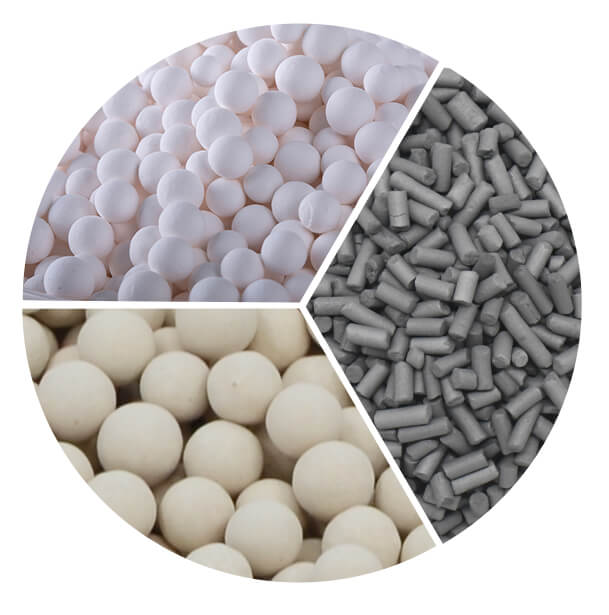Introduction
In the field of gas separation and purification, with the strengthening of environmental protection and the current demand for carbon neutrality, CO2 capture, harmful gases absorption, and pollutant emissions reduction have become increasingly important issues. At the same time, with the transformation and upgrading of my country's manufacturing industry, the demand for high-purity gases has further expanded. Gas separation and purification technologies include low-temperature distillation, absorption, adsorption and diffusion. This blog introduces to you the two most common and similar processes in adsorption methods, namely pressure swing adsorption (PSA) and temperature swing adsorption (TSA).What is PSA and TSA?
.jpg)
PSA
The main principle of pressure-variable adsorption (PSA) is based on the differences in the adsorption characteristics of gas components in solid materials, which are also subject to the characteristics of the adsorption amount changing with the pressure, and the use of cyclic pressure changes to complete the corresponding gas separation and purification.TSA
Temperature swing adsorption (TSA) takes advantage of the differences in adsorption properties of gas components on solid materials, but the difference is that the amount of adsorption is affected by changes in temperature, and a periodic change in temperature is utilised to achieve the separation and purification of gases.PSA vs TSA
Pressure swing adsorption (PSA) is widely used in carbon capture, hydrogen and oxygen production, nitrogen and methane separation, air separation, NOx removal, etc. Because the pressure can be changed quickly, the cycle of pressure change adsorption is generally shorter, and a cycle may be completed in a few minutes.Temperature swing adsorption (TSA) is mainly used in carbon capture, VOCs purification, gas drying and other fields. Limited by the system heat transfer rate, heating and cooling time is longer, and the cycle of temperature swing adsorption (TSA) will be longer, sometimes can reach more than ten hours, so that how to achieve rapid heating and cooling is also one of the directions of temperature swing adsorption (TSA).
Due to the difference of operation cycle time, in order to be applied in the continuous process, the pressure change adsorption often needs multiple towers in parallel. 4-8 towers of pressure change adsorption are the common number of parallel (the shorter the operation cycle, the more the number of parallel). Due to the cycle is longer, temperature change adsorption generally uses 2 towers.

The commonly used adsorbents for both variable temperature adsorption and variable pressure adsorption are molecular sieve, activated carbon, silica gel, alumina ball and so on, because of their large specific surface area, and it is necessary to select the appropriate adsorbent according to the needs of the separated material system.
The commonly used adsorbents for both variable temperature adsorption and variable pressure adsorption are molecular sieve, activated carbon, silica gel, alumina ball and so on, because of their large specific surface area, and it is necessary to select the appropriate adsorbent according to the needs of the separated material system.
Pressurised adsorption and atmospheric desorption are the characteristics of variable pressure adsorption, and the pressure of pressurised adsorption can be up to several MPa, while the operating temperature of variable temperature adsorption is generally adsorbed in the ambient temperature, and the temperature of heated desorption may be up to more than 150℃.
Conclusion
Pressure Swing Adsorption (PSA) and Temperature Swing Adsorption (TSA) selectively capture and release gases, offering versatile solutions in various industries.The distinction between PSA and TSA lies in their operational principles, with PSA relying on pressure variations and TSA utilizing temperature fluctuations. This nuanced difference opens up a spectrum of applications, from gas production to environmental control, each with its unique set of advantages.
Zhulin Carbon is a expert of adsorption technology realm. Whether you are seeking advanced materials or consulting services for your adsorption needs, Zhulin Carbon stands as a reliable partner committed to innovation and sustainability.

